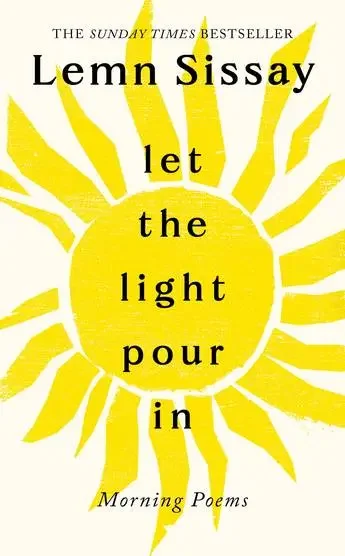SightScore testing is a polygenic risk score which estimate a person’s genetic risk of developing Primary Open Angle Glaucoma. This can be the risk of future glaucoma, or, if someone already has glaucoma, the risk their glaucoma might progress to more severe disease, relative to others in the community.
How does it work?
SightScore assists us to identify individuals at highest genetic risk of glaucoma. This means these people can be appropriately prioritized and managed, to increase the likelihood that any glaucoma or glaucoma progression can be detected earlier. It may also help us identify those at lower genetic risk of glaucoma.
How can genetics be used to assess glaucoma risk?
Humans share the same genetic code apart from some differences, called genetic variants, that make each of us unique. Some of these variants are known to increase the risk of developing glaucoma, while others reduce the risk. It is possible to combine the risks from hundreds or thousands of these genetic variants to estimate a person’s genetic risk of developing glaucoma, either in the future or, if they already have glaucoma, the risk their glaucoma might get worse, relative to others in the community.
Clinical uses
This information may be useful in a range of patient management decisions. Used in combination with a your medical history, clinical risk factors and eye examination the Sightscore information can help in considering:
How often someone should be monitored for glaucoma,
Management strategy for someone with glaucoma, including some treatment decisions such as whether to begin medicine (drops) to lower eye pressure, and
Whether blood relatives (parents, brothers/sisters, adult children) should be checked for glaucoma.
What is involved to do a test?
Sightscore is a saliva test. We have the kits here, and you can either do the test at home or we can do it here in practice for you.
Results come through after 2-3 weeks, in the form of report, see the example below. You can discuss this with us, and take the report along if you see an ophthalmologist.






